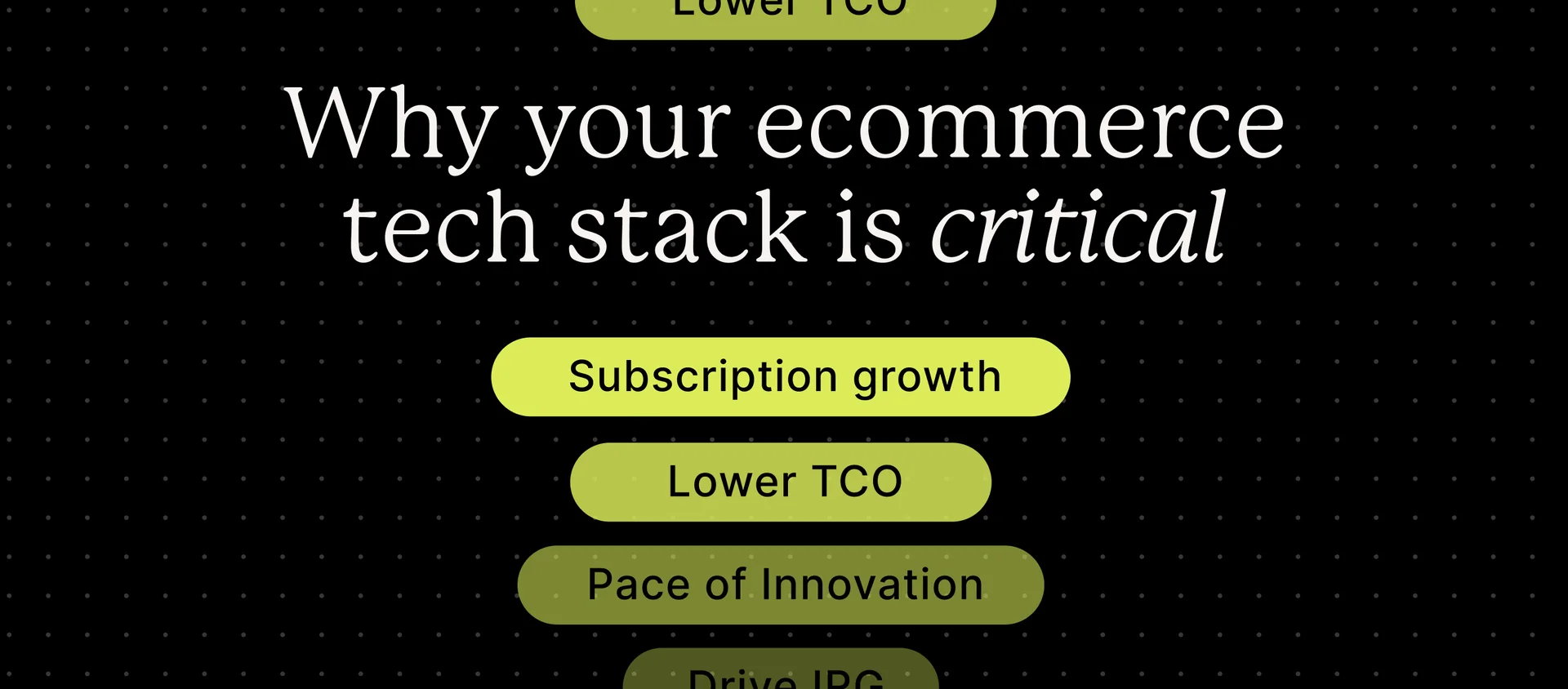These days, we all expect a level of ease and control when it comes to our life experiences, be it getting an oil change, hiring a plumber, or even doing our taxes. Naturally, ecommerce customers expect the very same—which is why it’s crucial for brands to ensure that their offerings are easy, convenient, and intuitive.
The shopping process: from browsing to delivery
Ecommerce customers come in all forms, but all have an inherent level of trust when clicking the “PAY NOW” button. After a transaction occurs, the process is out of their hands and in the control of the merchant.
This is a completely intangible experience, one that occurs millions of times a day all over the world—and it cannot be overlooked. What the merchant does after that button is clicked has a huge effect on the customer and their overall experience with the brand.
Let’s run through the fundamental buying process:
- A customer finds a website and decides they want to buy a product.
- The customer adds that product to their cart and heads to checkout.
- The customer inputs all their billing and shipping information, then pays for their purchase.
- Some time later, the shipment arrives and the customer unboxes their purchase.
While it may seem like an easy, breezy four-step process, there’s nuance within each step that can make or break the customer’s opinion of the brand. This is where the customer makes up their mind as to whether or not they want to remain loyal to the company—known in the ecommerce world as the customer experience.
So, how does your brand create an excellent customer experience that sets you apart from the competition and keeps your shoppers coming back? To answer that question, let’s back up and break down those buying process steps in a little more detail.
How to optimize your customer experience
First things first: The shopper has to find your site. As a merchant, if you’re one of the lucky ones to have your ad or link clicked on to acquire a site visit, congratulations! That’s half the battle right there. (I could write a whole other article on this topic, but I digress.)
From there, the shopper peruses your site looking for that perfect product. In order to do this, they need to trust your brand—and that’s not something that most people take lightly.
Does the website and product detail page (PDP) look professional? Are the photos high-resolution? Does the product description match what I’m looking for? Does it come in a color I like? Do they have my size? Is it non-GMO/organic/vegan? These are just some of the questions that the shopper might ask themselves before deciding to trust your brand and add a product to the cart.
Generally, around 10% of shoppers who make it to the PDP will add the product to their cart. The other 90%? Well, the product (or presentation of it) didn’t check any or all of their boxes. That’s ok—you’ll never win them all. But that 10% who do add your product to their cart are about to become your customers. Once you’ve won them over, they’re here to stay at least for one billing cycle.
Therein lies the catch: one billing cycle. But as a brand, it’s in your best interest to retain this customer for several months. How can you accomplish this? By looking at the customer experience.
How is this customer going to interact with your products and your store now that they’re here? Things like your email or SMS notifications, restock reminders, new product marketing campaigns, and customer portal all have a huge impact on the customer experience.
That experience doesn’t just stop after your customer purchases the product. During the shipment process, many organizations send along information via email to set expectations with the customer—ideas for how to use the product, what to expect in the box, and how to buy more once they run out.
Once the purchase arrives, the unboxing experience paves the way for your customers to emotionally connect with both your product and your brand. Remember, you have one chance at a first impression—don’t send your product in a generic bubble mailer. Consider special touches that you’d personally like to receive with your own purchases, including discount codes for future purchases, stickers your customer can give to friends as a referral, suggestions for complementary add-on products, or even a brief step-by-step guide on how to log in and manage their subscription, if applicable. The important thing: to go above and beyond the purchase experience to create an emotional connection between your brand and customer.
When it comes time for the customer to make changes to their own subscription, the customer portal is the command center. To ensure your subscribers stay with your business, make it clear to them how easy it is to update their billing information, shipping address, add a product, skip a cycle, etc. Consider transactional SMS tools like RechargeSMS that allow your subscribers to make purchases with a quick text message. That means they can manage their orders straight from their mobile devices, no logging in to your website required—making the experience that much easier and more seamless.
No matter how amazingly designed or intuitive your customer portal is, some customers will always require additional assistance. This is where your support team comes in. Ensuring your team is happy and enjoys what they do will translate to your customers as well: Happy employees mean happier customers.
When it comes to add-on product recommendations, there are lots of amazing tools out there that use AI and machine-learning to predict products your customers would likely purchase. These suggestions are based on factors like their previous purchases, sites visited, and more. As personalized shopping is becoming more and more prevalent, this is becoming something your customers expect for a positive experience.
To sum: Remember the golden rule. Take a step back, put yourself in your customers’ shoes, and consider how you would want to be sold to. Then, improve your process accordingly. This is how you deliver a best-in-class customer experience—and in terms of turning your one-time customers into subscribers, it’s what makes all the difference.



